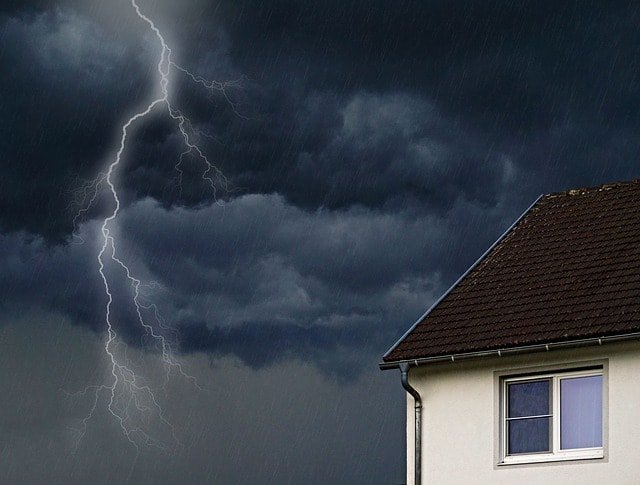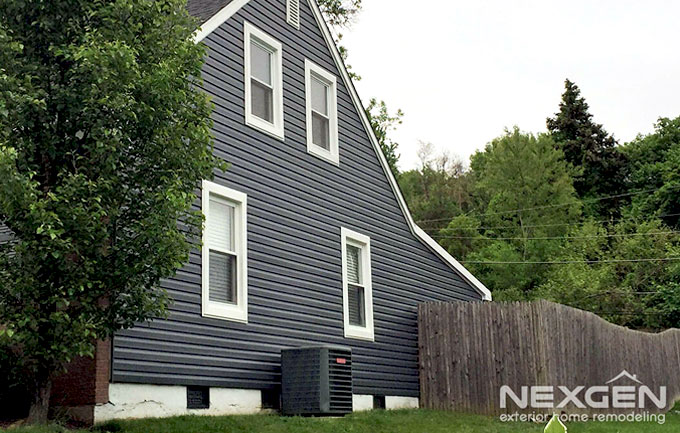Roof Replacement: Tips for Filing an Insurance Claim
Dealing with insurance companies is a frustrating experience. This is a universal truth. Insurance companies don’t like handing out claims and they’ll do whatever they can to deny them. But if you follow this guide, you’ll have a much easier claims process and should have a much smoother transition in getting your life back to normal.
An optional—and definitely optimal—first step is to call a roofing contractor. At NexGen, we’re A+ rated from the BBB and we’ll guide you through the insurance claim process, including essential steps like mitigating damages.
Step One: File Your Claim Immediately!
Before you can file a claim, you’ll need to gather all the necessary paperwork. This is important: make sure you have all the necessary documents when you file a claim. Don’t give them an excuse to deny your claim. Insurance companies have a vested interest in denying or limiting your claim. Don’t let them.
After you gather those documents: Do not wait! The insurance company will tell you that you have up to 1 year to file a claim. While legally true, it’s also a deceptive business practice that allows them to more easily contest your claim.
Step Two: Take Photos of the Damage
Before you do anything else, document the damage caused by the storm with photographs. This is direct visual evidence. By documenting the damage caused by the storm, you’re building an open and shut case against any attempts to deny your claim. Otherwise the insurance company may try to claim that the damage wasn’t caused by the storm, but instead caused by the homeowner for not properly mitigating the damages.
Another tip for homeowners building up a case for an insurance claim is using online resources. For example, while major storms like hurricanes are the biggest cause of roof damage, a hail storm can still cause massive damage to your roof. Sometimes the damage isn’t even visible, like denting and bruising the underlayment and weakening the foundation of the roof itself.
Another major problem with hail damage is that sometimes, although damaged, the roof won’t start leaking right away. If this is the case, you can use a free website like, stormersite.com, which has “hail report” printouts for the past decade, showing particular hail storms at your address (with a date), and providing direct evidence to the insurance company of a hail storm.
Step Three: Mitigate the Damage
You need to mitigate the damage. While the insurance company may have to replace your roof, the onus is on you to “stop the bleeding” and prevent further damage. You can call a roofing contractor to do this for you and the insurance company will reimburse you.
By following these three important steps you’ll save yourself a lot of trouble.
RECENT EXTERIOR REMODELING PROJECTS
For years, NexGen Exterior Home Remodeling has been helping homeowners update, redesign, or transform their homes into ones they can enjoy for years to come. Take a look at some of our most recent exterior renovation work by our experts.











